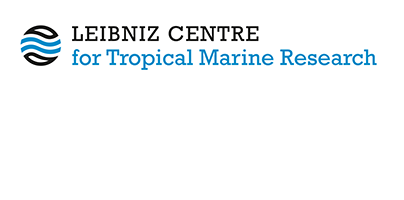Distributional Patterns, Habitat Overlap and Trophic Interactions of Species Caught by Trawling in the Ragay Gulf, Philippines.
Lacjica-Aliño, Lualhati, David, Laura T., Wolff, Matthias  ORCID: https://orcid.org/0000-0001-7458-983X, Aliño, Porfirio M. and Rañola, Ma. Catalina G.
(2009)
Distributional Patterns, Habitat Overlap and Trophic Interactions of Species Caught by Trawling in the Ragay Gulf, Philippines.
Philippine Agricultural Scientist, 92
(1).
pp. 46-65.
ORCID: https://orcid.org/0000-0001-7458-983X, Aliño, Porfirio M. and Rañola, Ma. Catalina G.
(2009)
Distributional Patterns, Habitat Overlap and Trophic Interactions of Species Caught by Trawling in the Ragay Gulf, Philippines.
Philippine Agricultural Scientist, 92
(1).
pp. 46-65.
|
Text
Wolff.pdf - Published Version Available under License Creative Commons: Attribution 4.0. Download (1MB) |
Abstract
The impact of trawlers on the fisheries ecosystem was investigated using the distribution of trawl fisheries catch in Ragay Gulf, the degree of overlap of species caught with those from other coastal fisheries and the trophic flow structure of the components of the system. Multivariate analysis of the exploratory trawl-fishing survey revealed northern and southern species clusters associated with prevailing circulation patterns and phytoplankton density in the gulf. Further analysis of the trawl catch composition showed two more clusters which indicate spatial distribution and intensity of the trawl fishery. These areas were differentiated as “highly fished” and “less fished.” More than 50% overlap in species from these different habitats (coral reef, seagrass, mangrove and soft bottom) caught in the multispecies fisheries has implications on municipal water jurisdictions, especially on coastal communities where trawling is a source of living and food. The 45-yr historical reconstruction of trawl fisheries in the gulf using ECOSIM showed a significant decrease in the biomass of large, high-value fish groups and also an increase in small reef-associated carnivores and cephalopod biomass, because of ecosystem overfishing. The subsequent 100-yr simulation showed a shift to small reefassociated species as an effect of trawling activity. Minimal change on the small reef-associated species is noted when there is a complete ban on trawl fishing in the gulf but shows an increase in large carnivores. Coastal zoning schemes should consider the benefits derived from the ban on trawl fishing as also affirmed by anecdotal fisher accounts. In addition, the implications of the effects of trophic interaction and ontogenetic habitat connectedness have a profound influence on the overall dynamics of the fisheries ecosystem.
| Document Type: | Article |
|---|---|
| Programme Area: | PA Not Applicable |
| Research affiliation: | Integrated Modelling > Resource Management |
| Refereed: | Yes |
| Open Access Journal?: | Yes |
| ISSN: | 3082-5547 |
| Date Deposited: | 02 Oct 2025 13:32 |
| Last Modified: | 02 Oct 2025 13:32 |
| URI: | https://cris.leibniz-zmt.de/id/eprint/5740 |
Actions (login required)
 |
View Item |





 Tools
Tools Tools
Tools